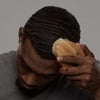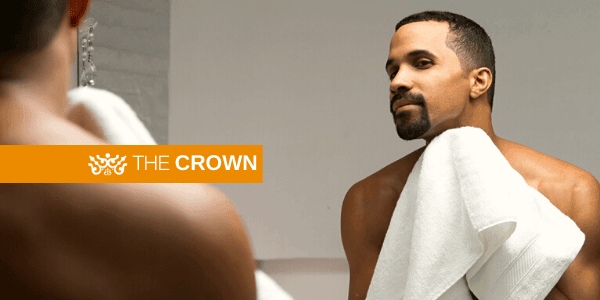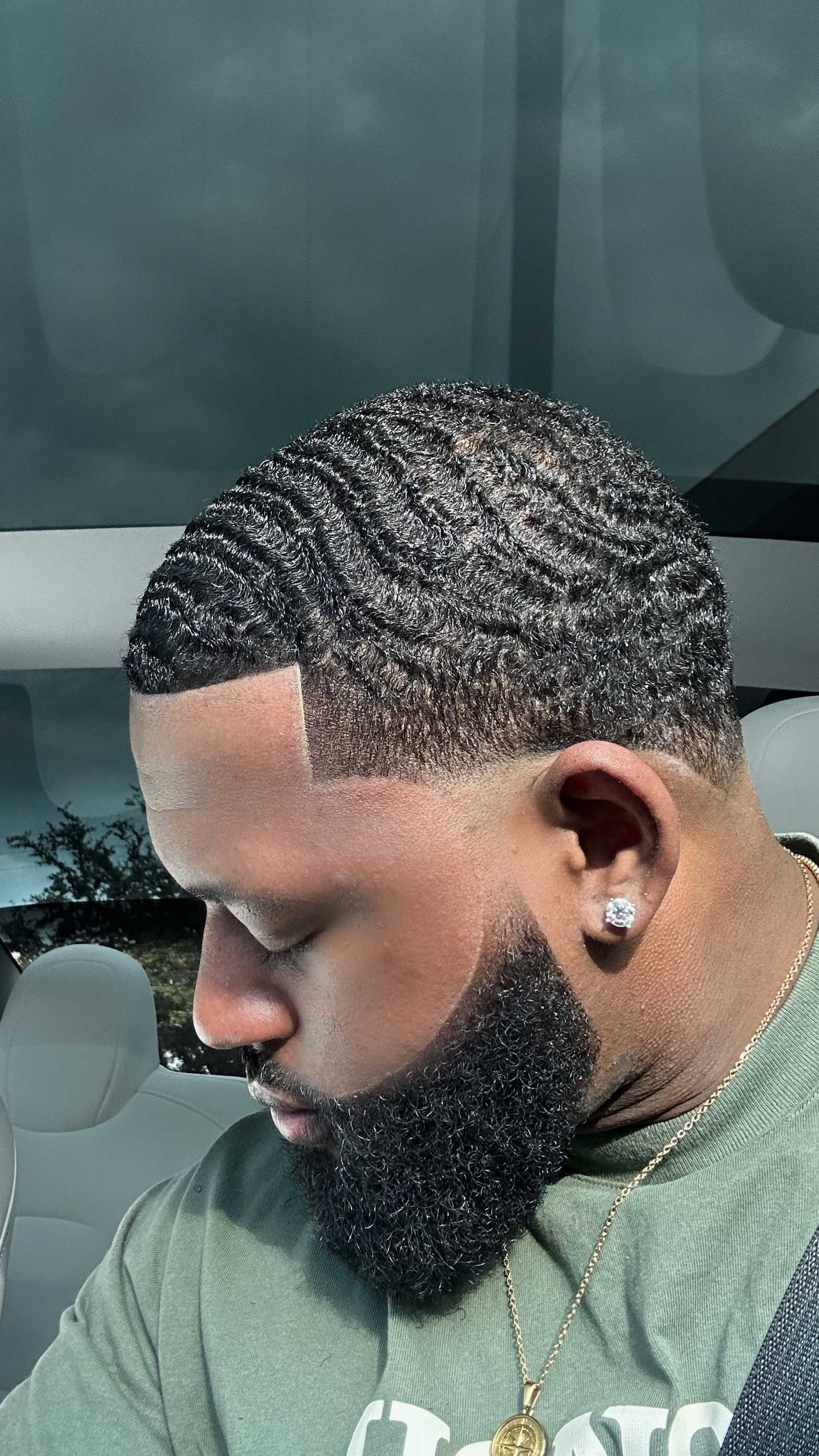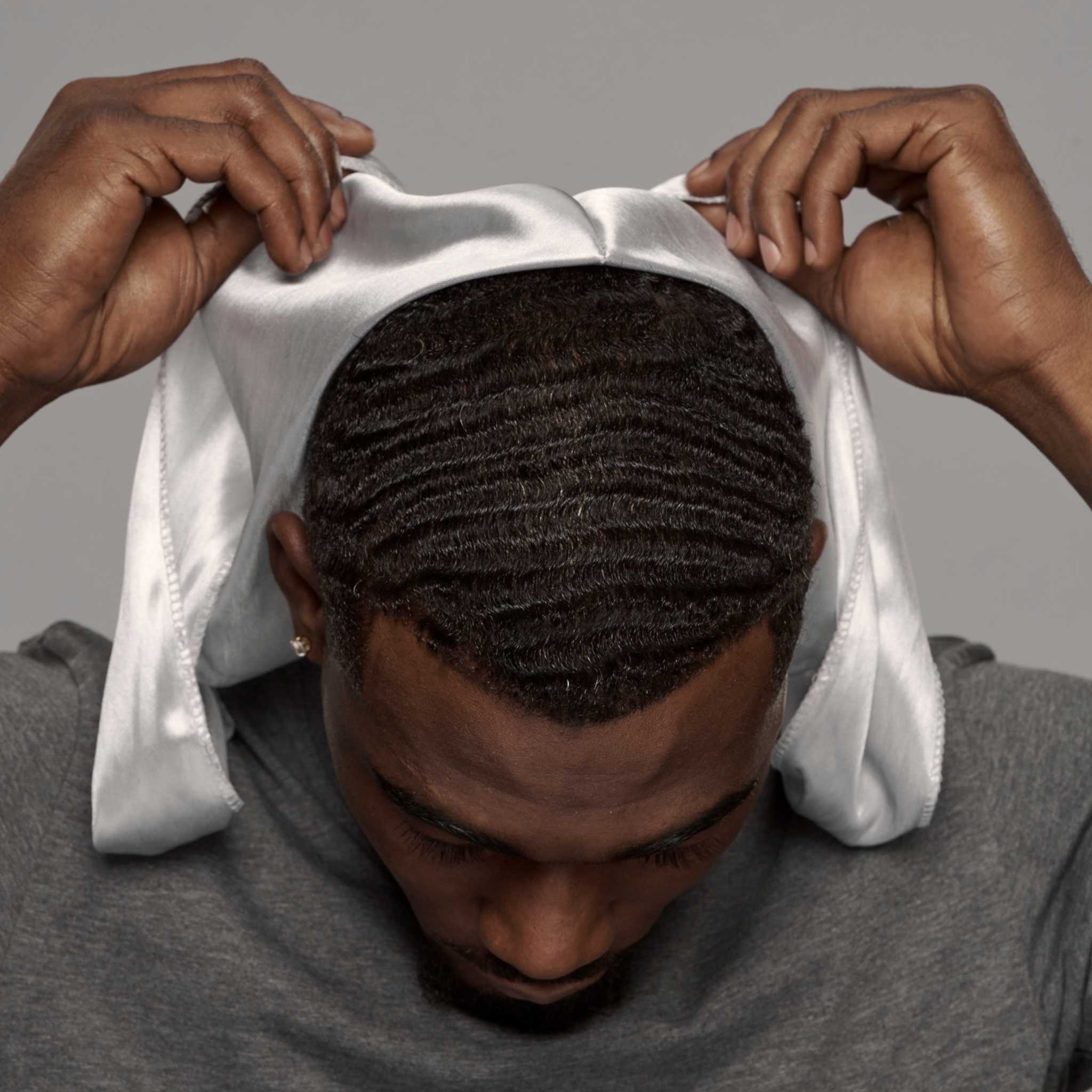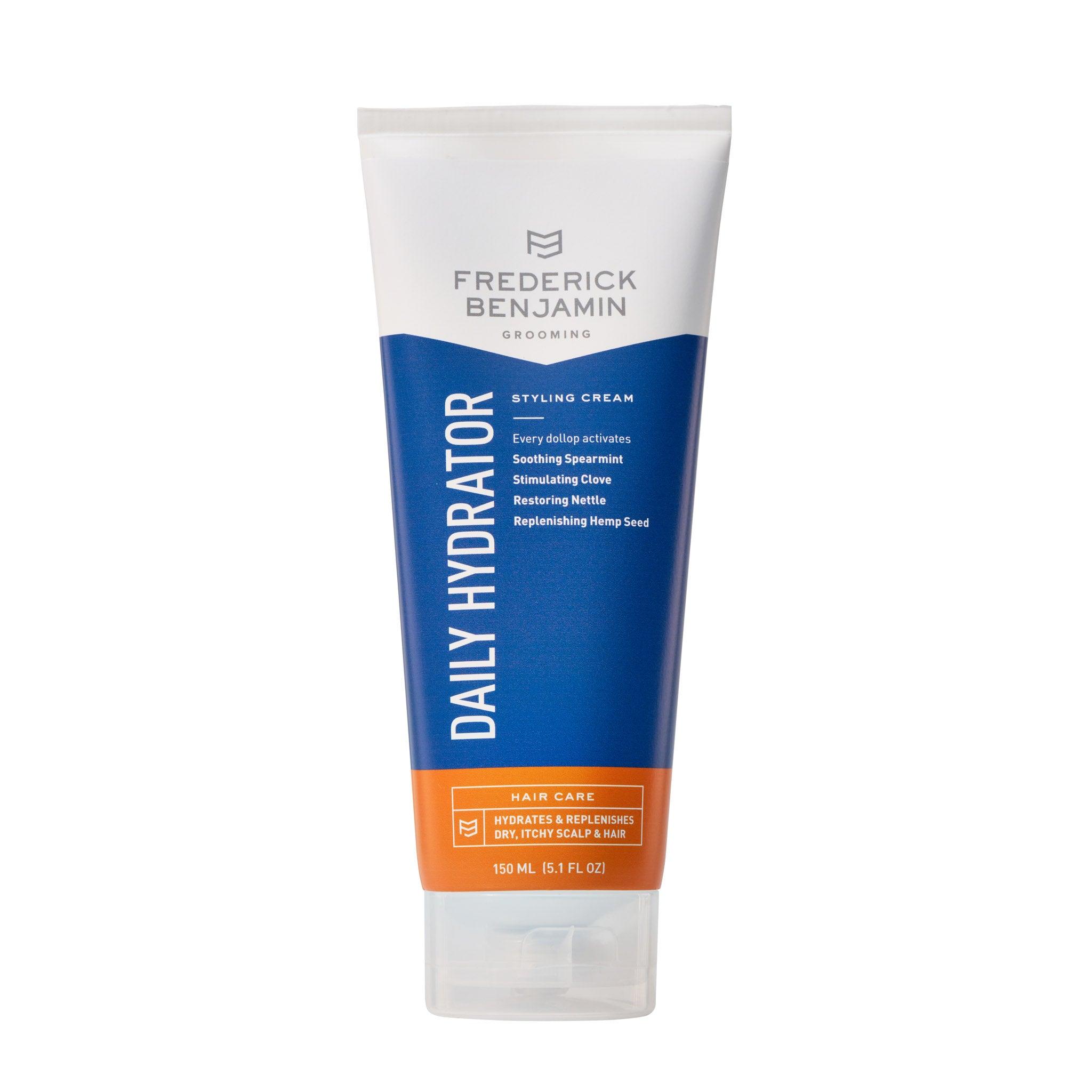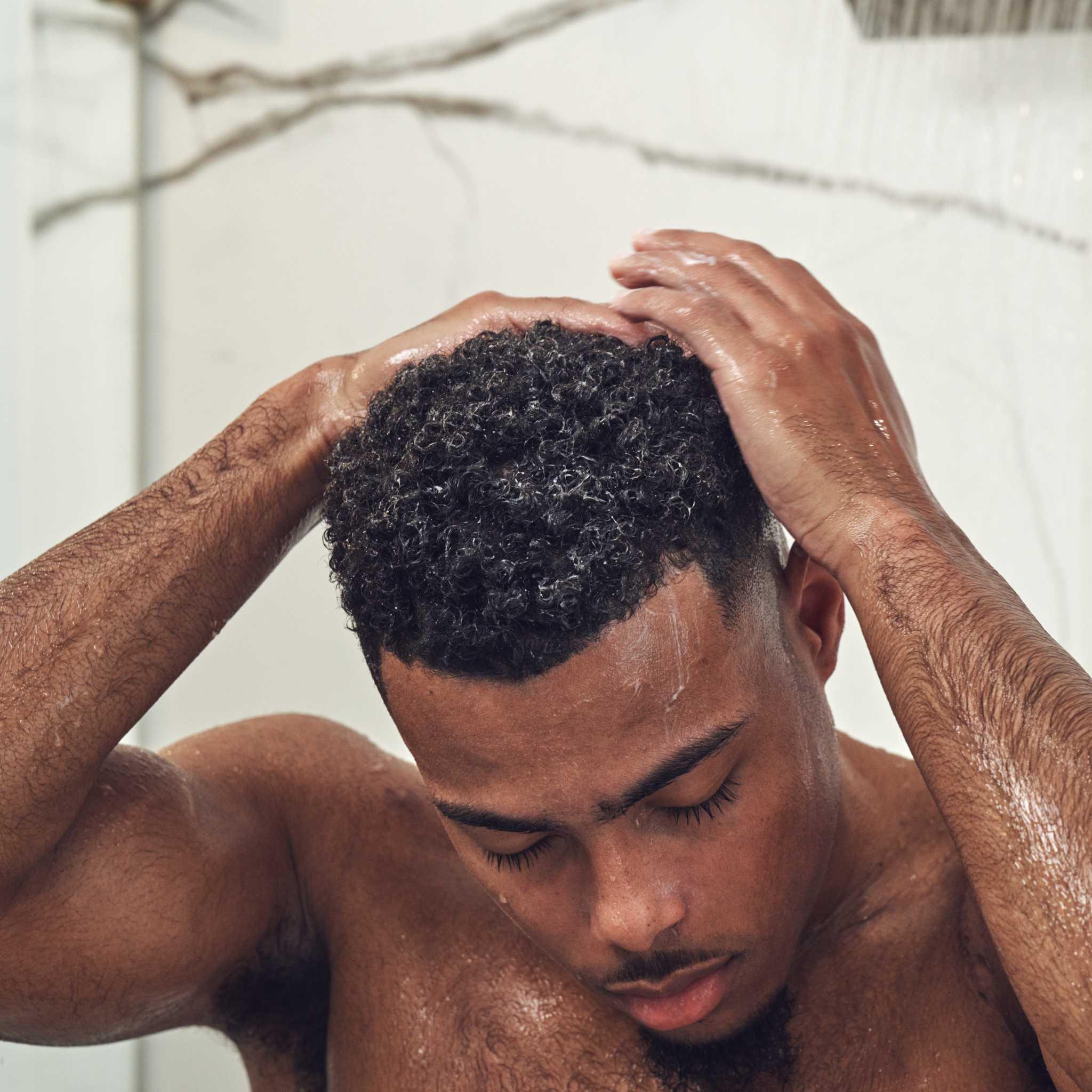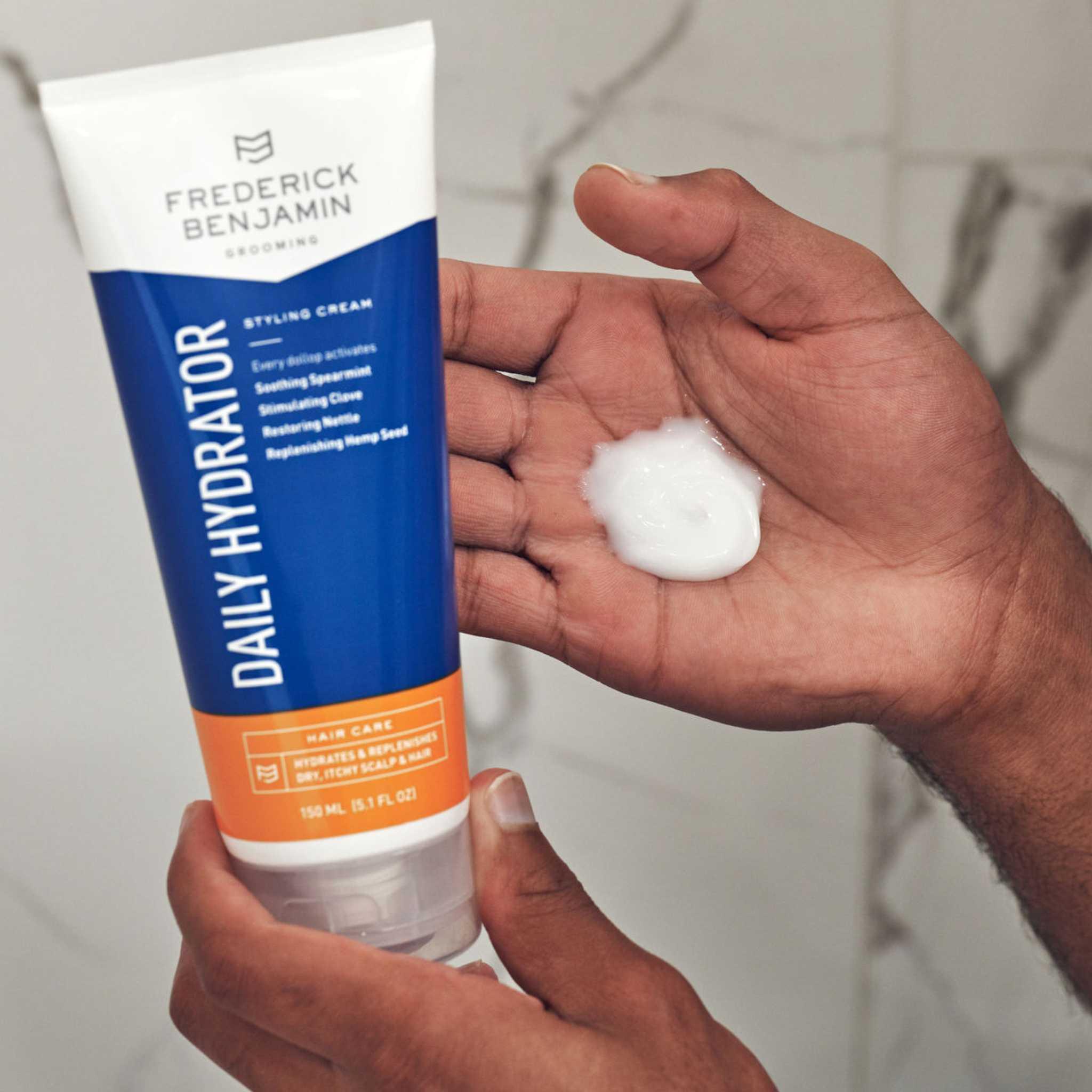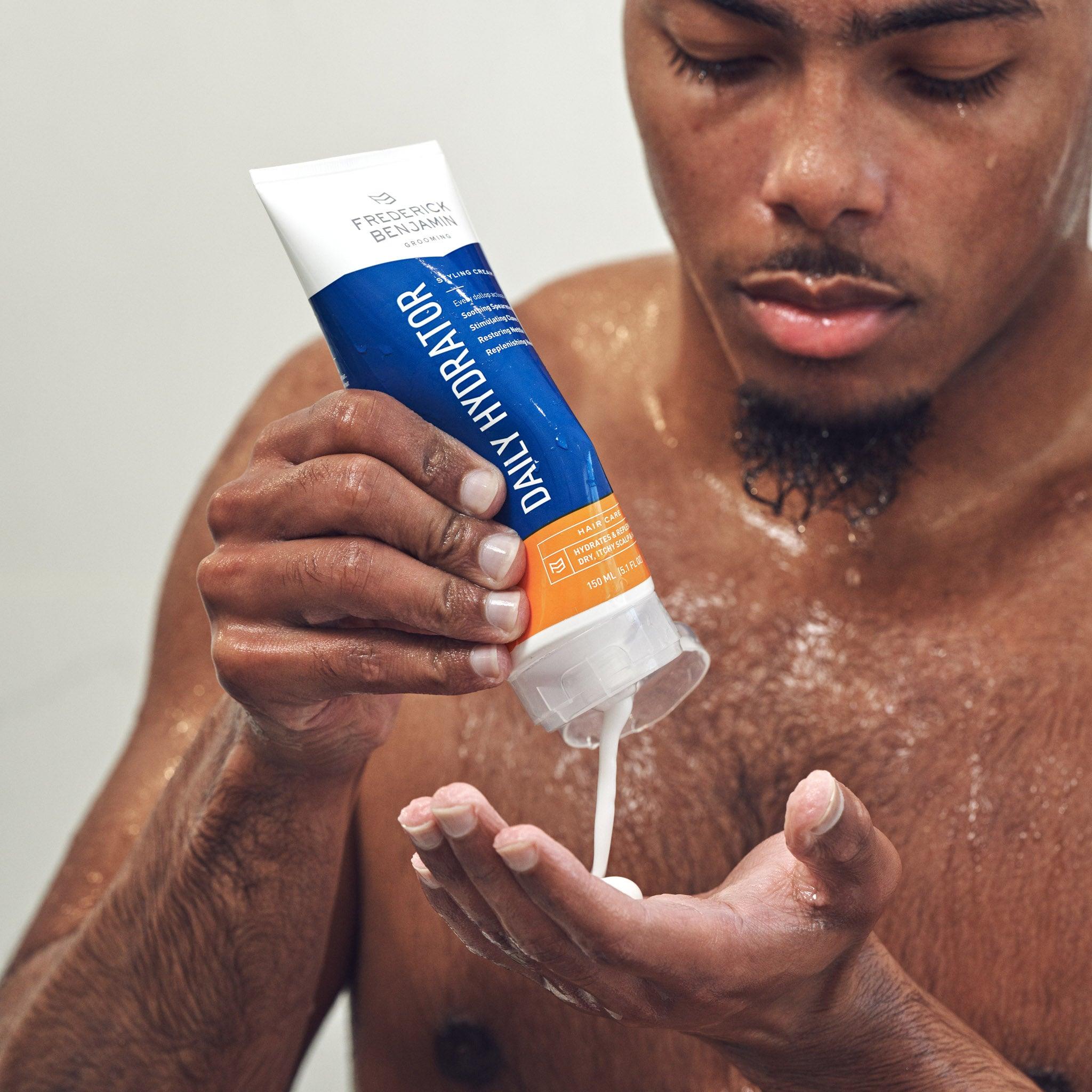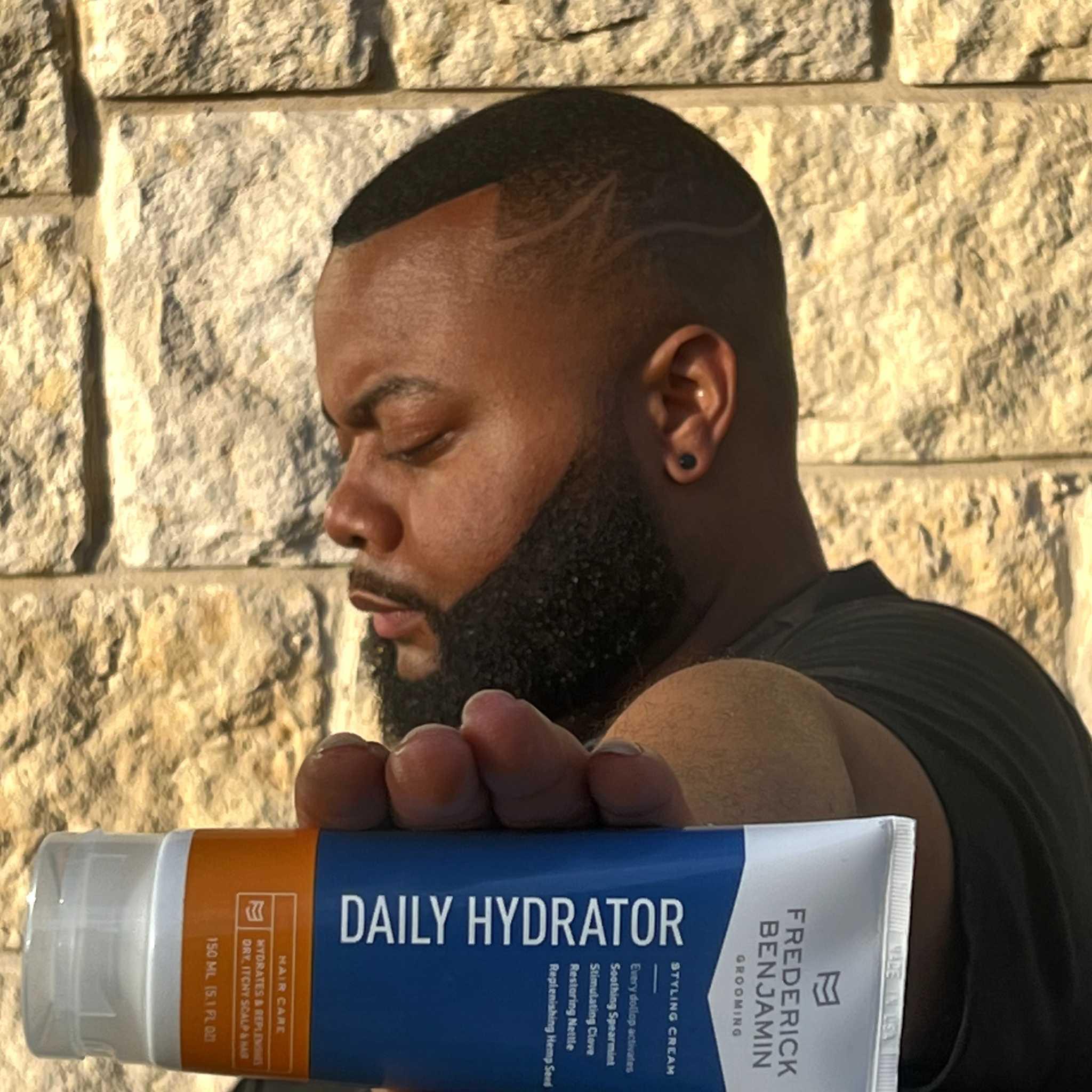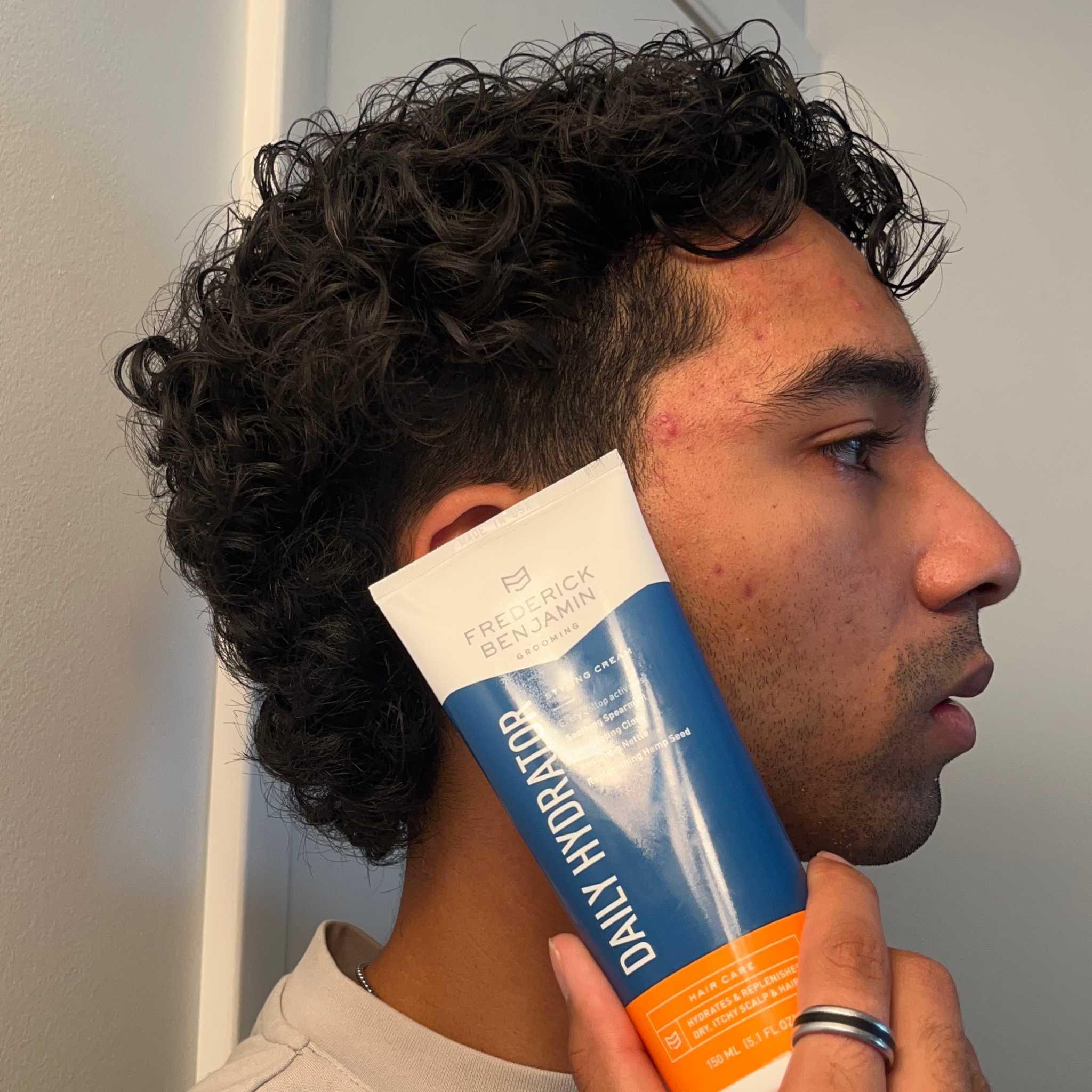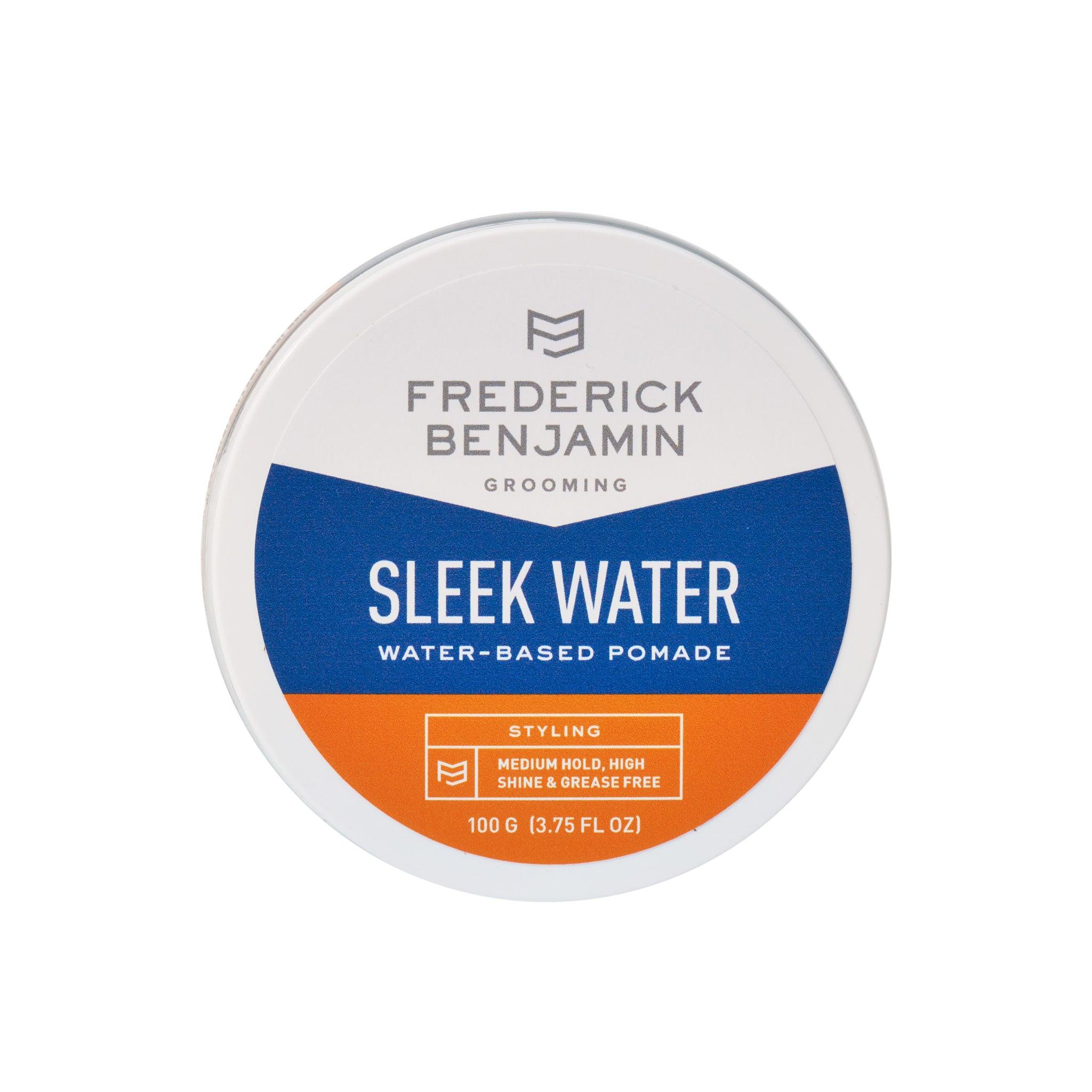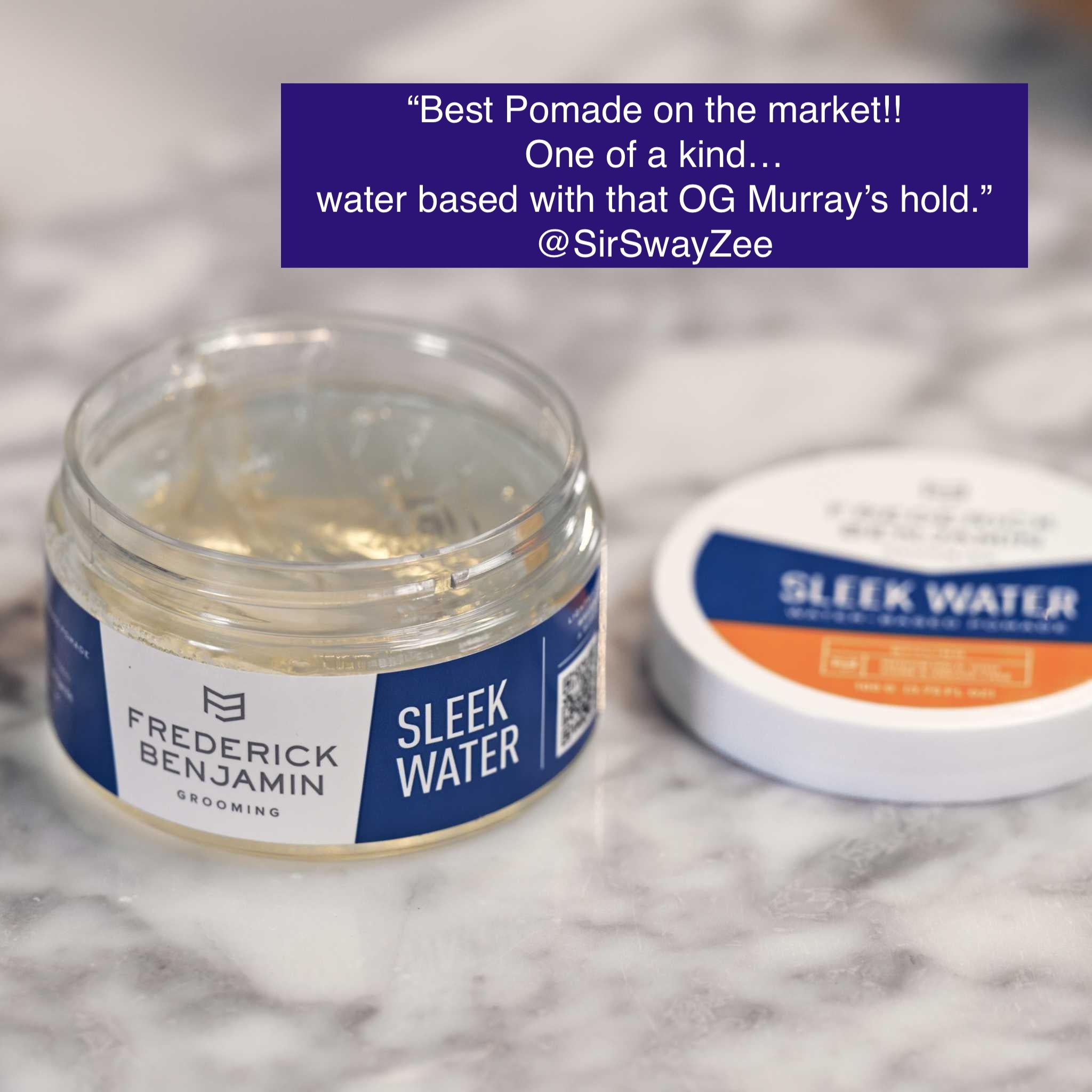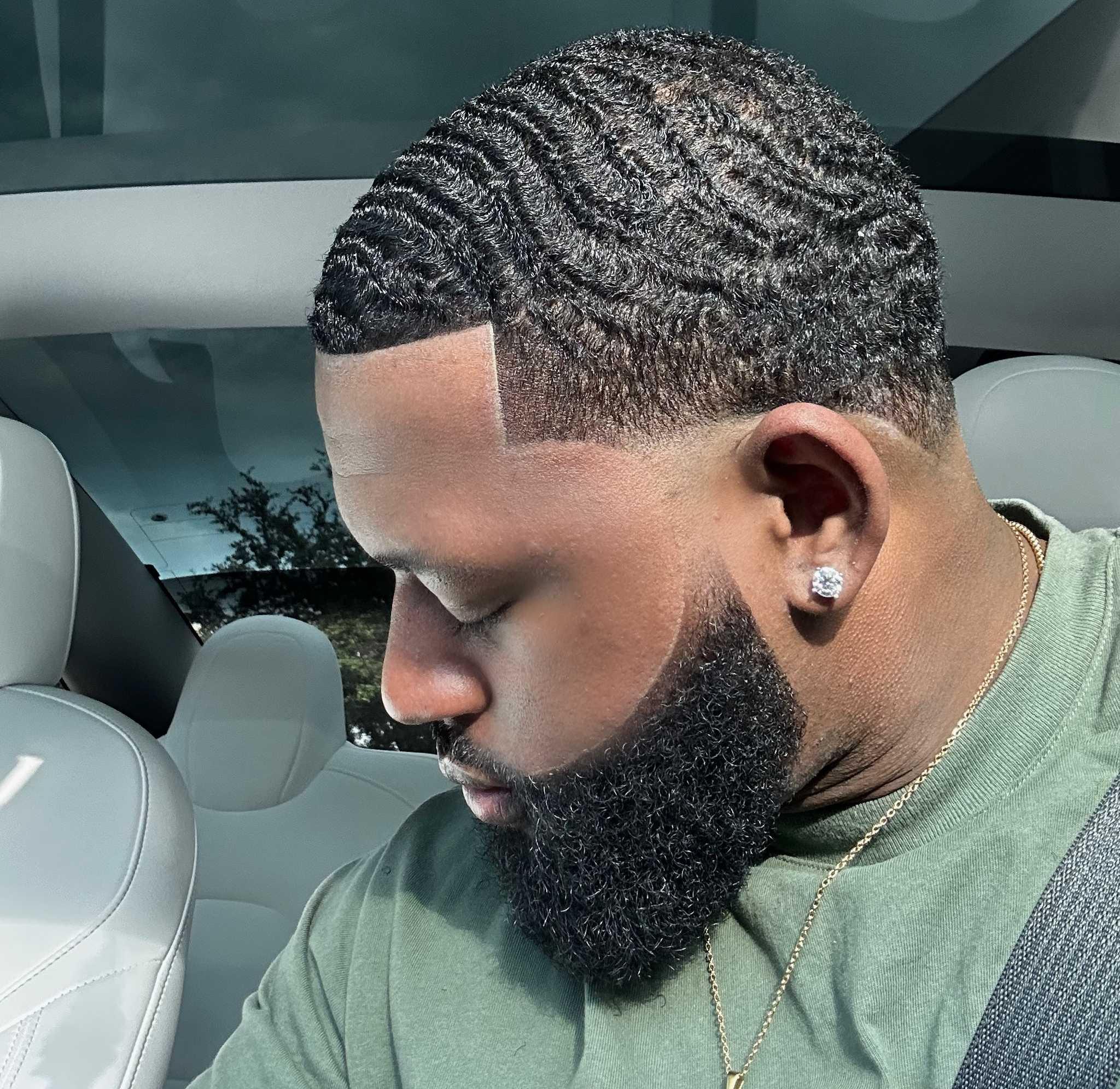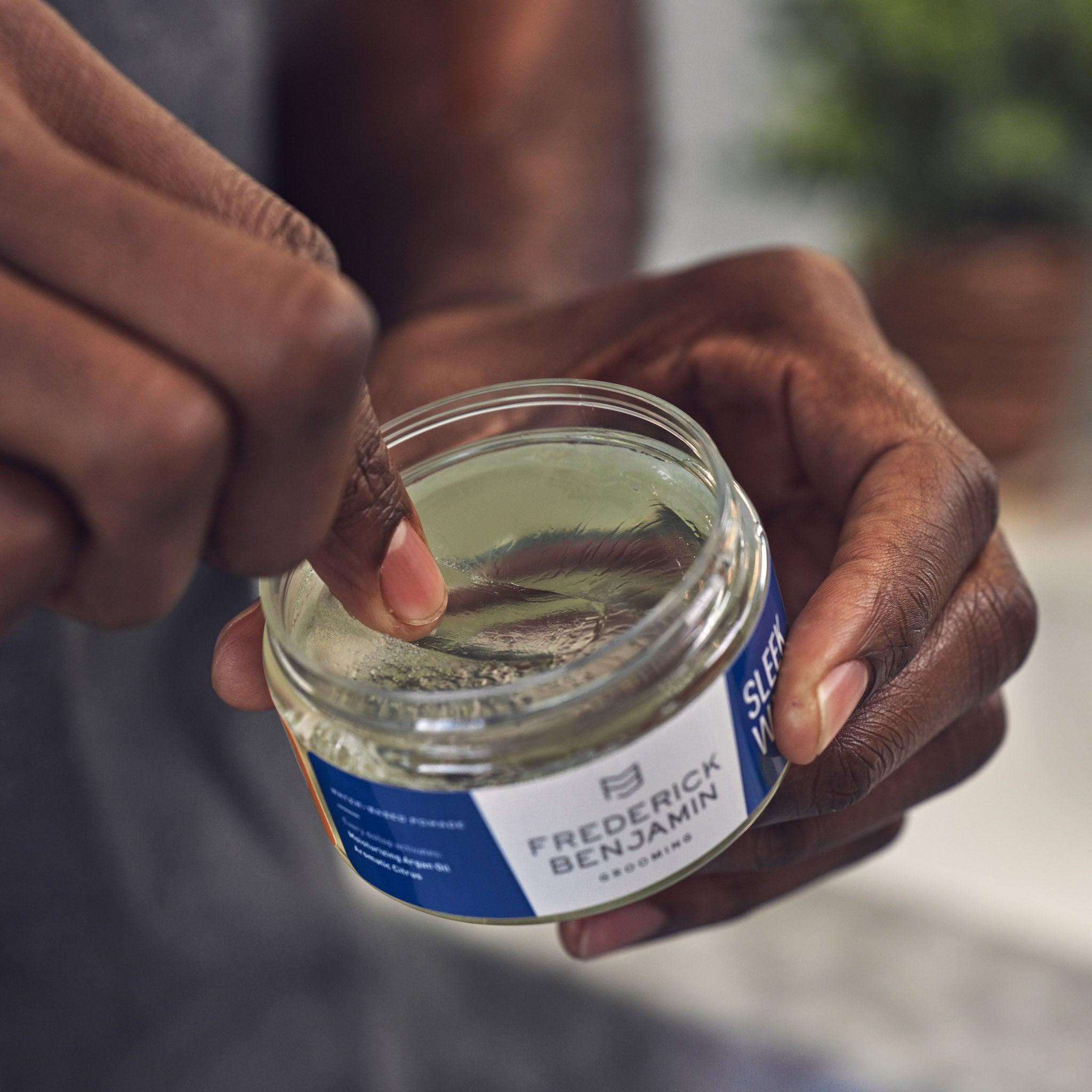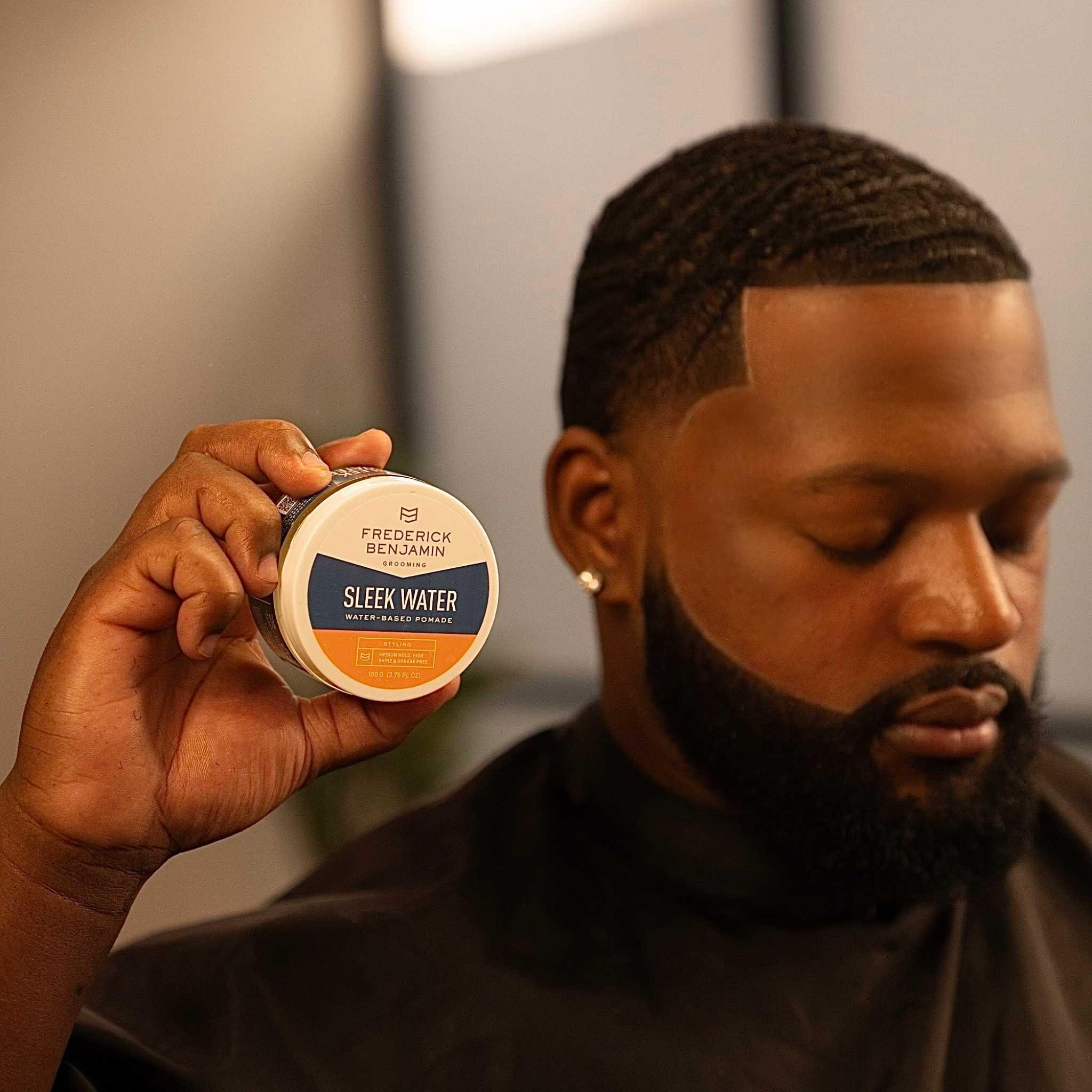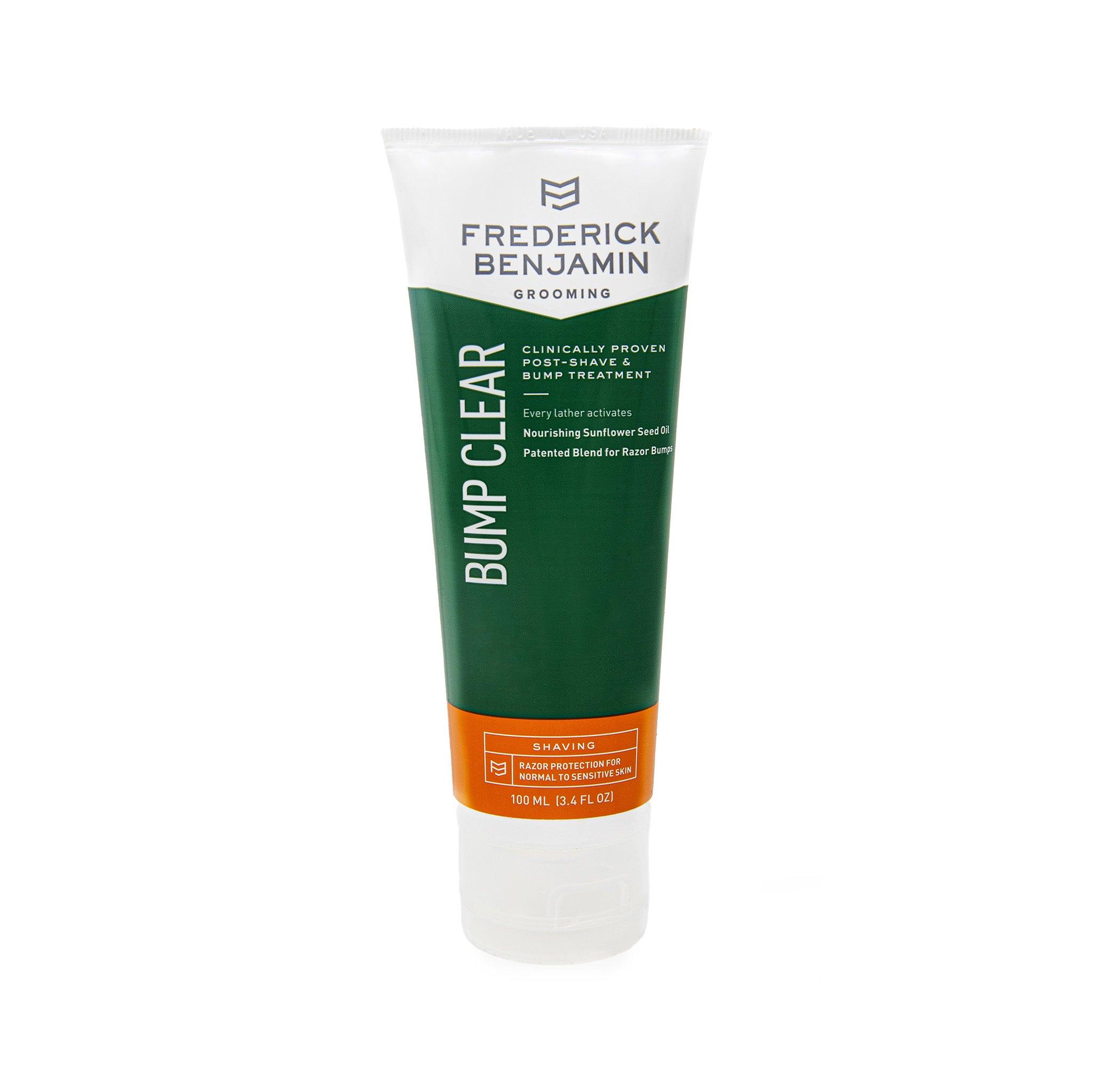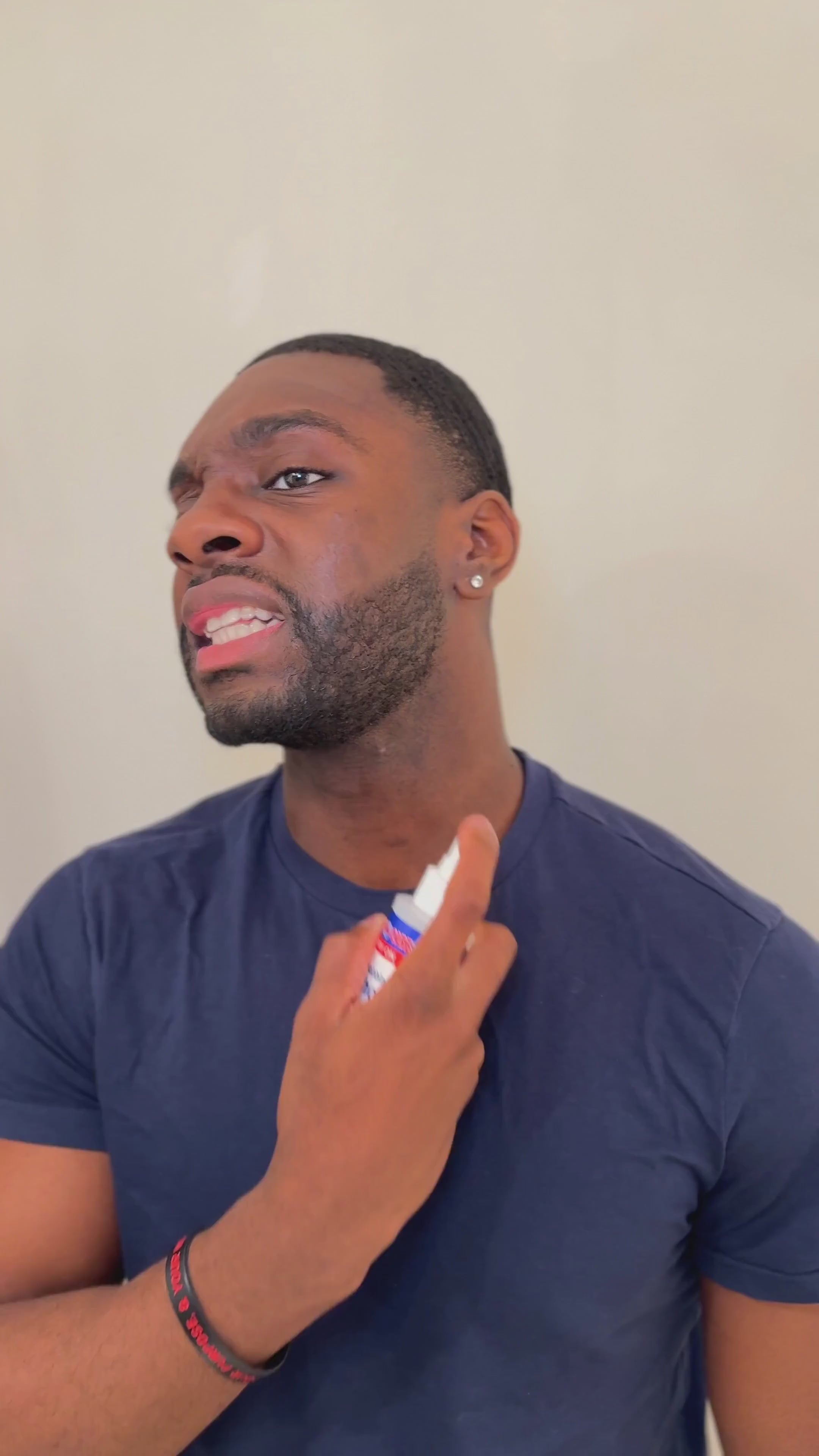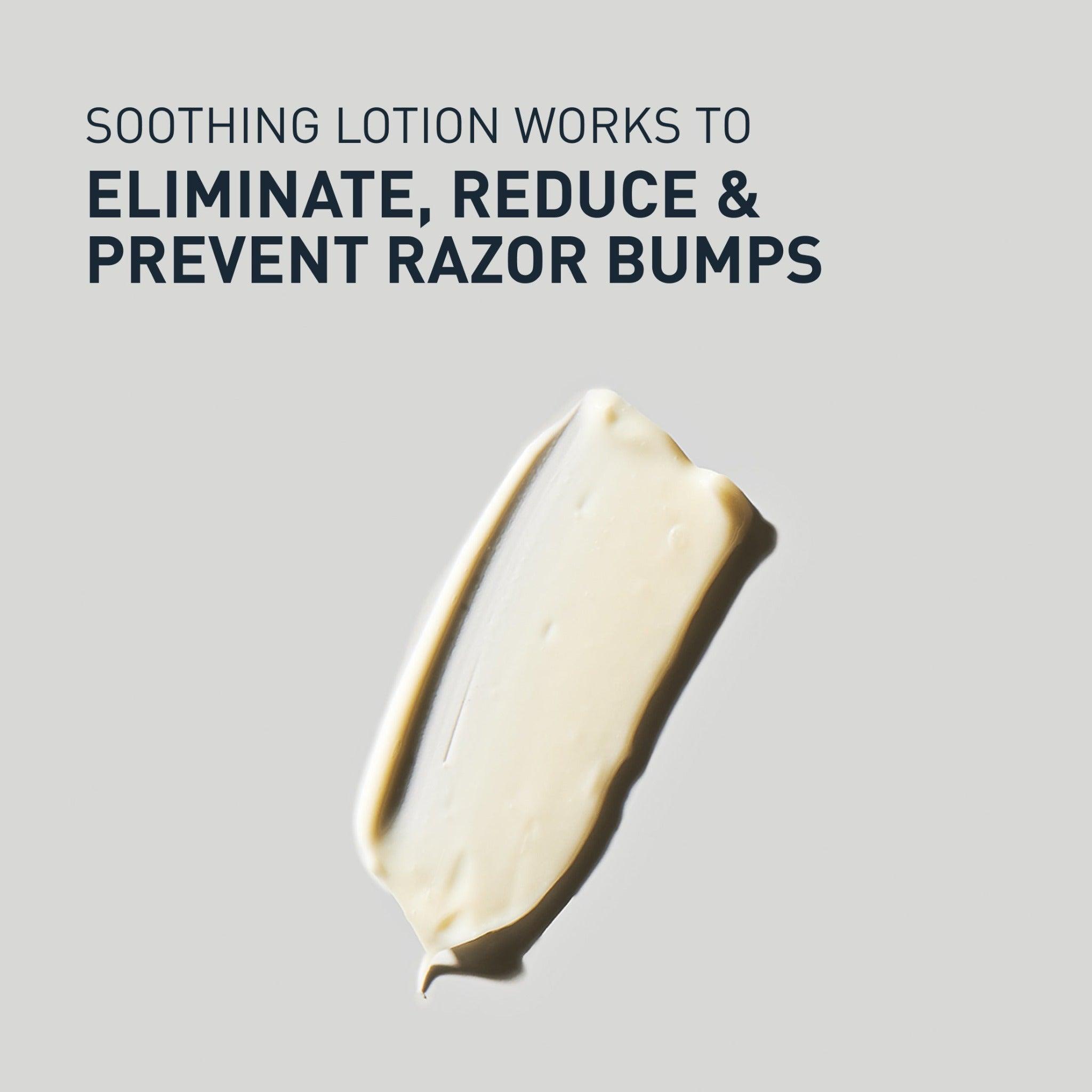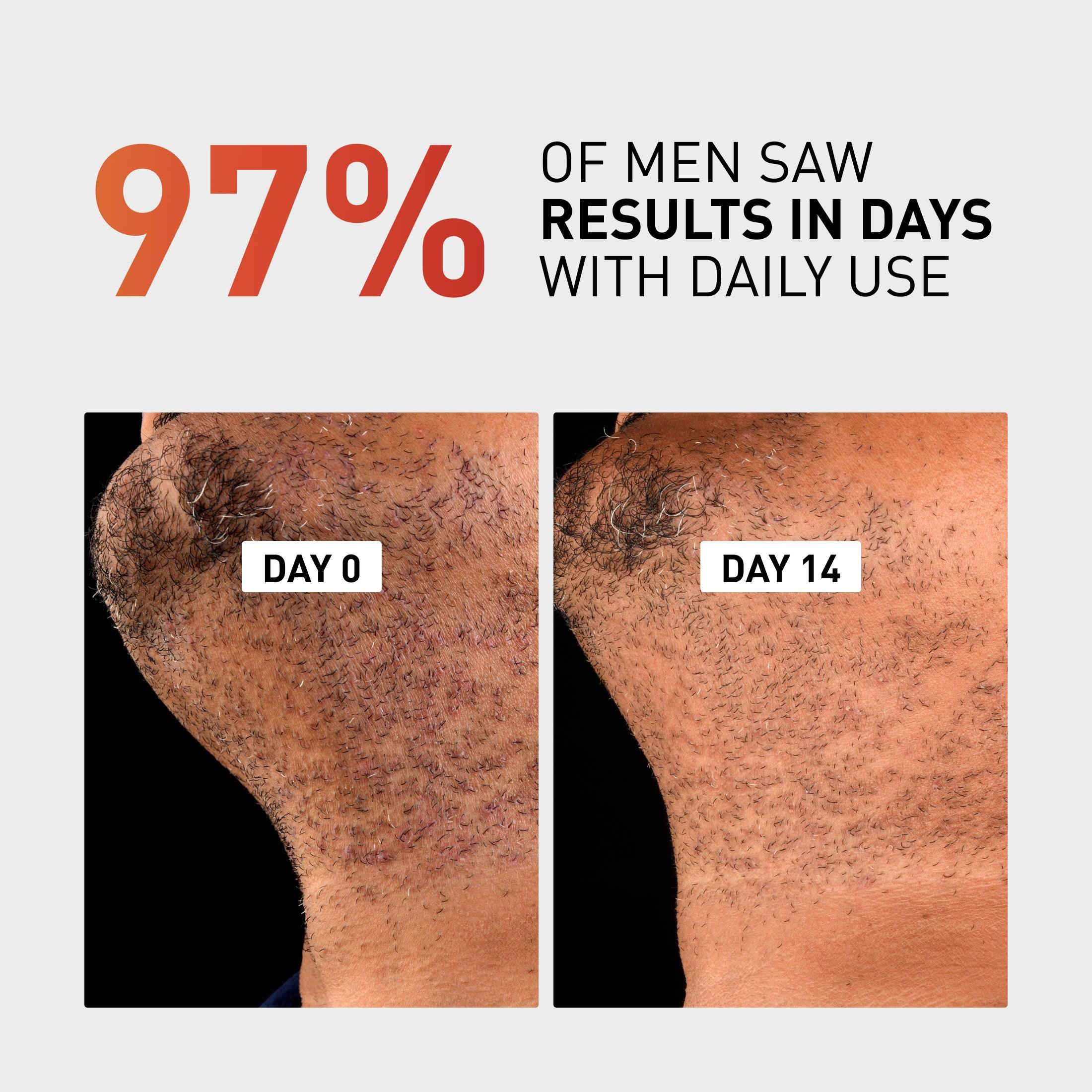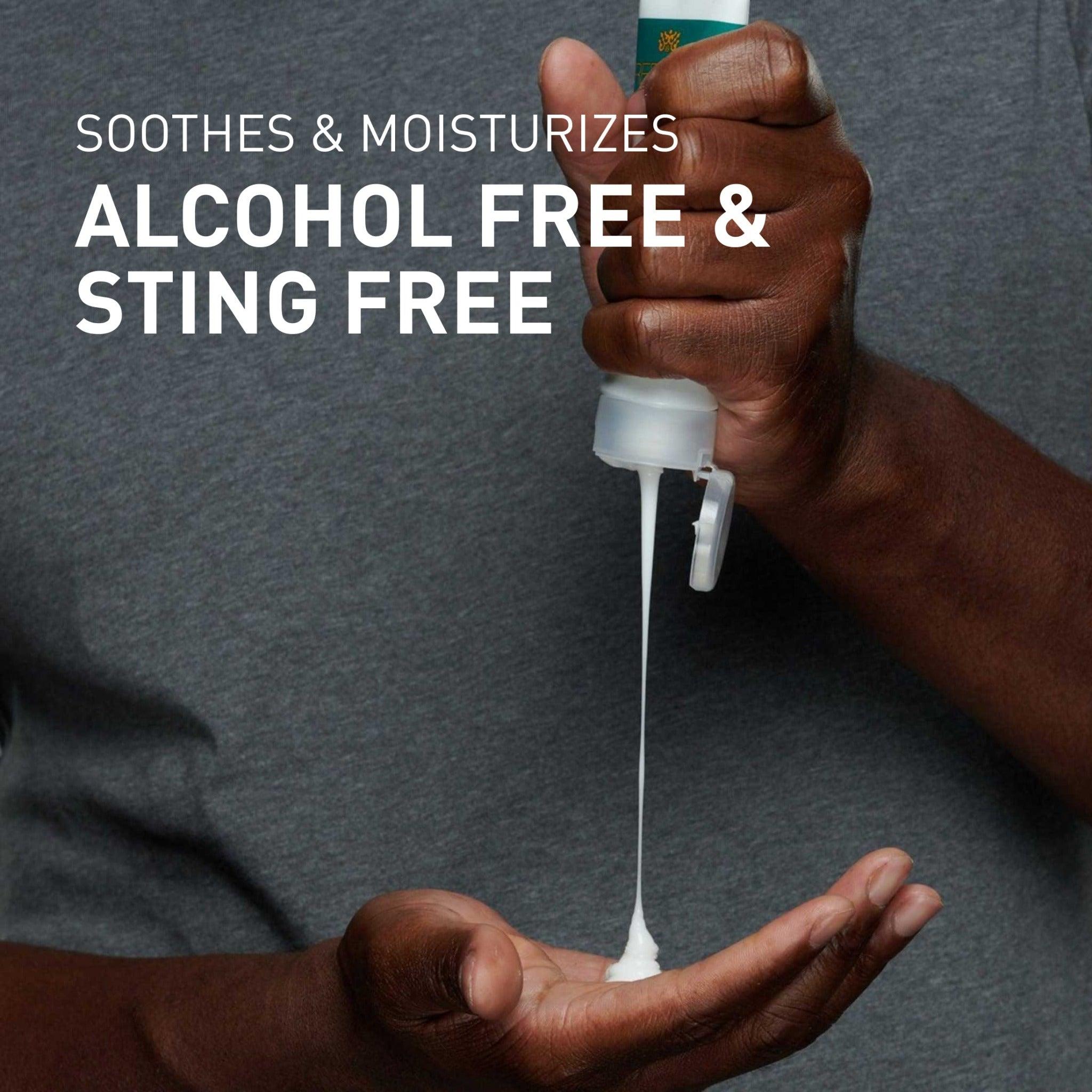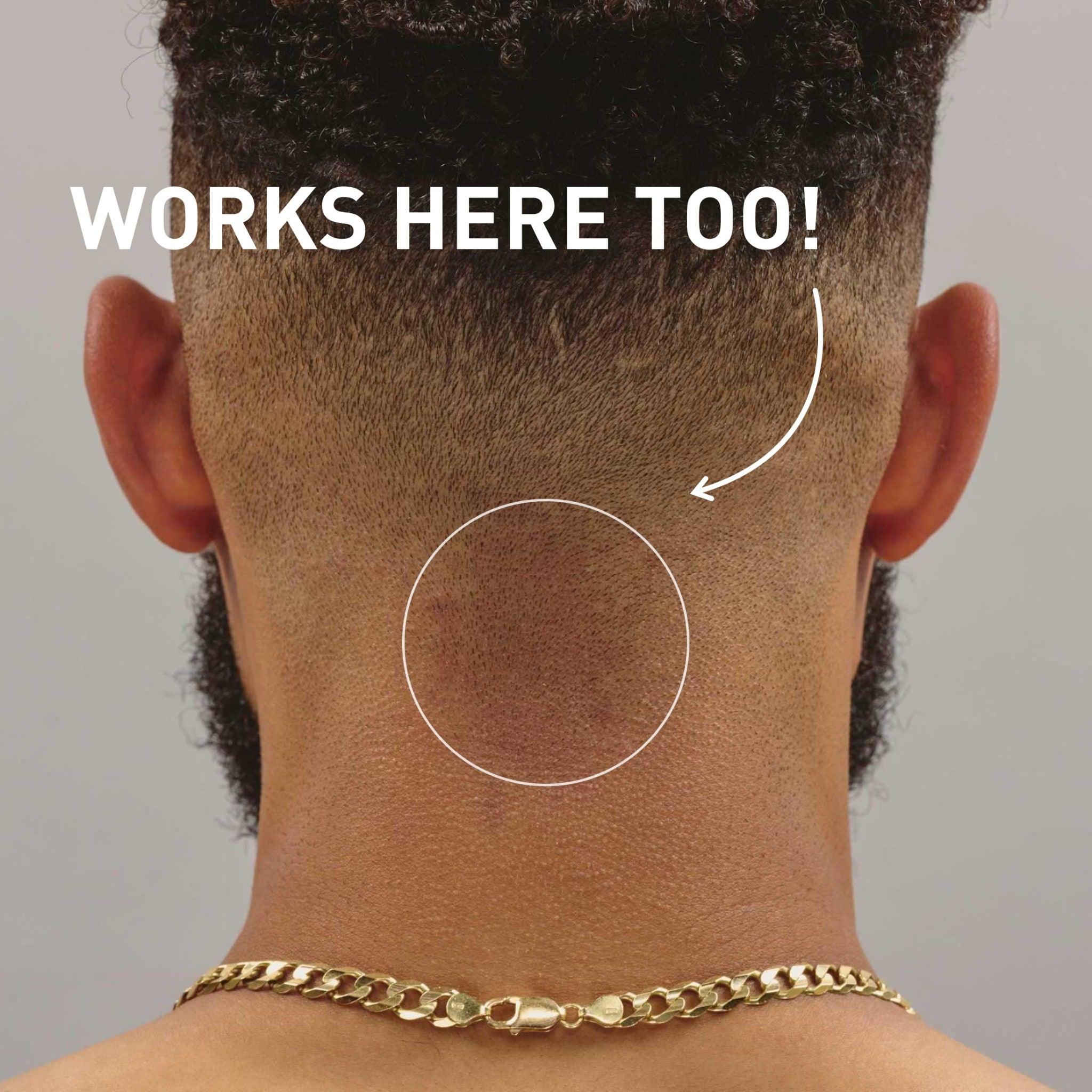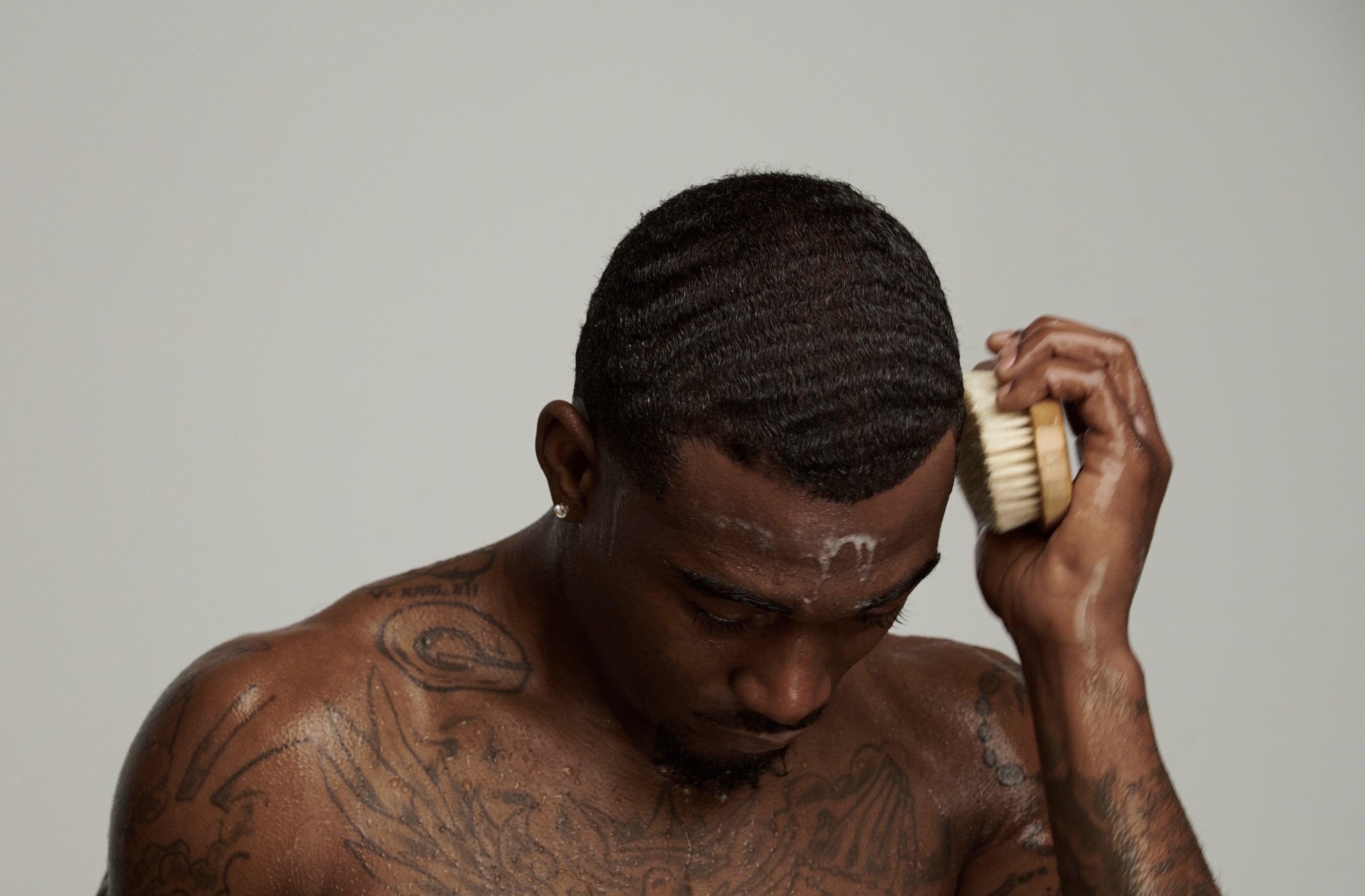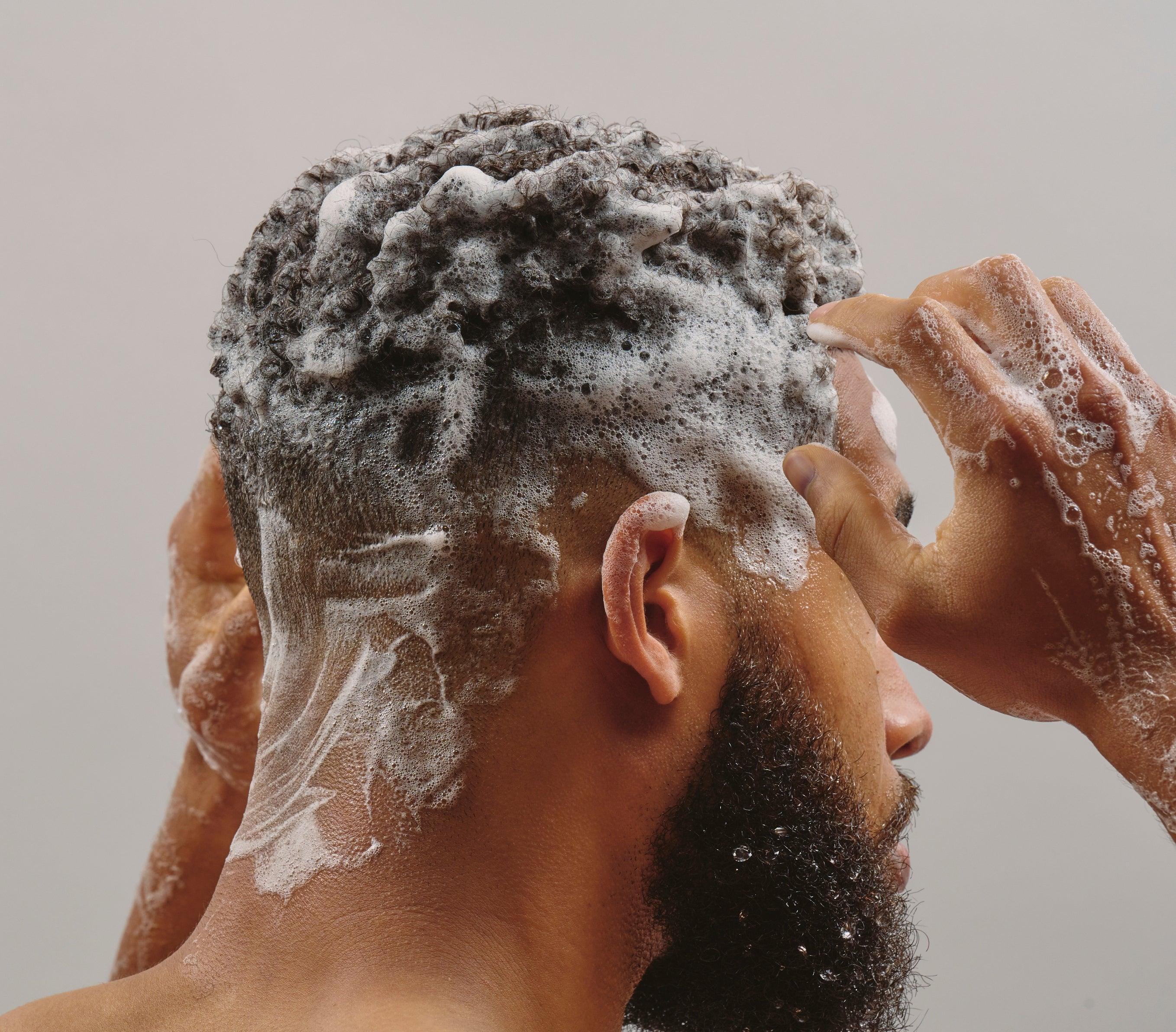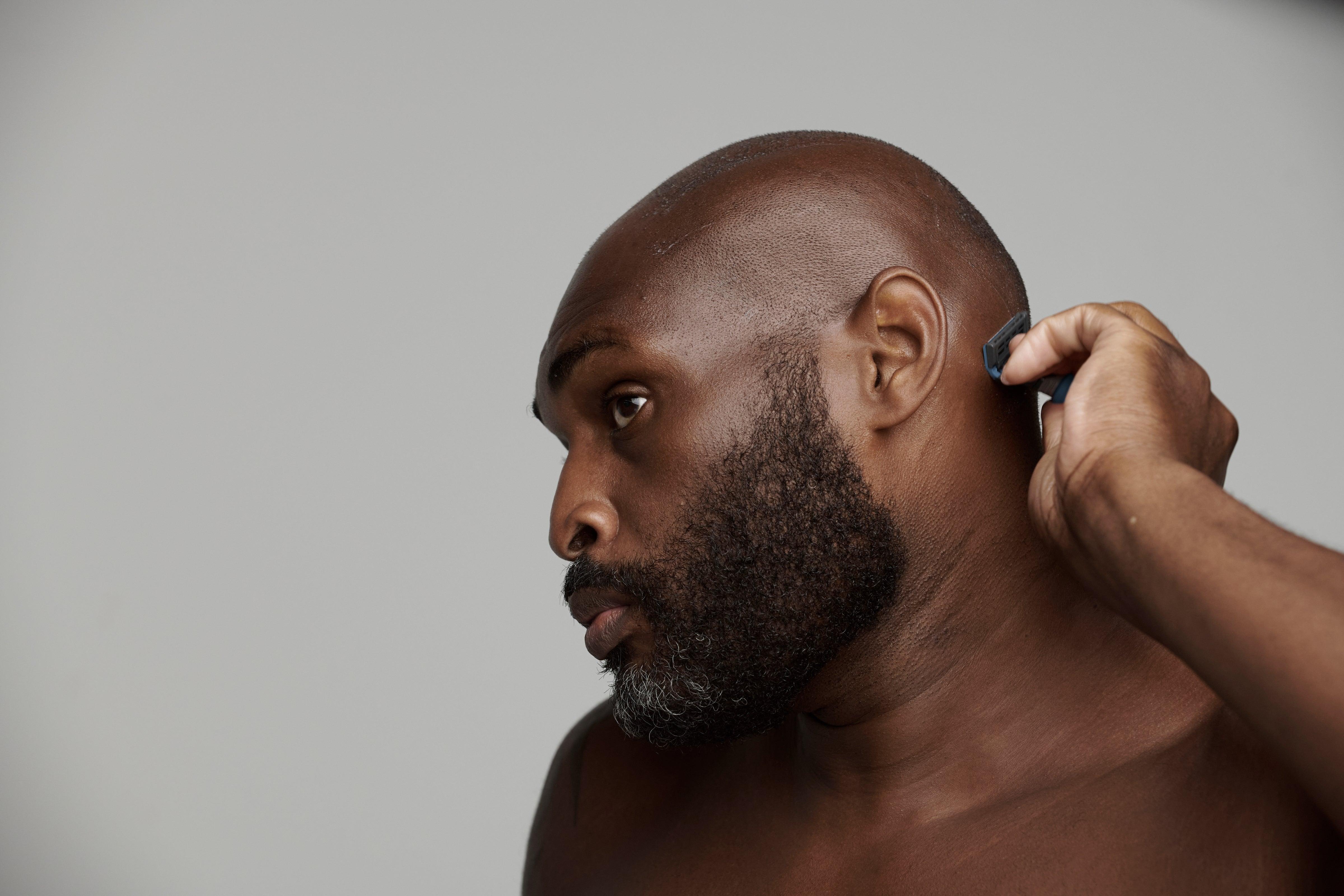Here’s the truth: if you have curly hair, you’re more likely to experience razor bumps. We don’t make the rules. But you also don’t have to suffer with them (more on that later).
So let’s start at the beginning.
What are razor bumps?
Pseudofolliculitis barbae, or PFB for short, is a common and chronic condition that is usually caused by shaving where hair curls back into the skin as it grows, causing irritation and leaving a painful bump. PFB can occur in any ethnic group; however, individuals with tightly coiled hair are predisposed to the condition.
According to Dermatologic Therapy, anywhere from 45% to 94% of all African-American men will experience PFB at some point during their lifetime. Safe to say, if you’re struggling with razor bumps, you’re not alone.
But what can you actually do about them?
In addition to genetic factors, certain miscues with your shaving routine can make you more likely to experience an outbreak of razor bumps. One is the type of blade you use.
You want to limit the number of blades that contact your skin, especially in sensitive areas that are bump prone. So switch to a single blade option (or 2 at the maximum) to reduce the potential for irritation and bumps.
Another thing you need to avoid is lack of proper lubrication. When the hair shaft is dry, it becomes much more difficult for your razor to get a clean cut, leading to more tugging and pulling from the blade.

Dry hair cuts at an angle instead of completely off, which makes it easier for the hair to grow back in toward the skin—leading to a painful razor bump.
Not only is it uncomfortable and painful, but it can cause the hair tips to be cut at an angle—making it even easier for your hair to penetrate back into the skin as it grows. And once that happens, a painful razor bump is soon to follow.
There are a few steps you can take to prevent ingrown hairs and razor bumps. So here’s your simple checklist for a smoother, bump-free shave.
Cleanse: Prep for a successful shave.

All good things take a little work. So before you shave, use a gentle soap or exfoliating scrub and warm water to remove dirt and oil from the surface of the skin. It will also help to release trapped hairs and make an easier path for your blade.
Hydrate: Protect your skin and soften your hair to reduce pulling and irritation.

Moisten your face and use a pre-shave oil and then a shaving gel to help hold the water on the hair. As your facial hair soaks up the water, it will swell and soften. That makes it for your razor to cut clear across.
These work together to increase razor glide so that the blade is making contact with your hairs first and not scraping against your skin.
Soothe: Restore moisture to the skin.

Shaving is a process. And in addition to the hair you remove, you can also strip your skin of much needed moisture—especially if you’re already experiencing bumps. Traditional alcohol based aftershaves or astringents will just dry out your skin and do nothing to relieve any irritation. And you want to avoid dry, tight skin as much as possible.
So immediately after shaving, splash your face with cold water to cool the skin, pat dry and use a post-shave lotion to replenish moisture. And moisturize daily, even when you don’t shave.
With every shave, remember to cleanse, hydrate, and soothe—you’ll get the best out of your shave and be able to manage and reduce your razor bump outbreaks.
Get the complete system from Frederick Benjamin—pre-shave oil, clear shaving gel and post-shave lotion in one convenient regimen.


